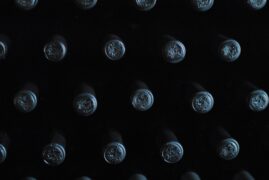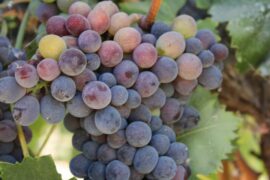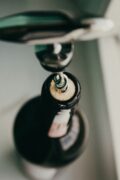Scientists have developed an ‘electronic tongue’ capable of identifying early signs of spoilage in white wine weeks before human sensory panels detect any issues, according to a new study.
Research conducted at Washington State University (WSU) demonstrated that this technology outperformed human senses in detecting wine faults. The electronic tongue was able to pick up signs of microbial contamination within just one week, whereas human panels only identified changes in the wine’s aroma after four weeks.
Published in the Journal of Food Science, the study underscores the potential of e-tongue technology in the early detection of wine faults. The electronic tongue uses sensory probes immersed in liquid to detect specific compounds, offering an advanced method for monitoring wine quality.
In their experiment, researchers deliberately introduced spoilage-related microorganisms into Riesling wines, while leaving some bottles as control samples. The wines were evaluated at seven-day intervals over a 42-day period, with the e-tongue assessed alongside a trained sensory panel.
The sensory panel was educated to identify both desirable and undesirable aromas, from fruity and spicy notes to off-flavors like mousy or vegetal. Although some spoilage-related aromas can add complexity at low levels, the e-tongue provided more precise early warnings of contamination.
Carolyn Ross, a professor of food science at WSU and co-author of the study, noted, “With the electronic tongue, we can detect contamination or faults within a week, compared to up to four weeks with traditional sensory testing.”
Additionally, the e-tongue detected faults before microbes could be cultured in a petri dish, further proving its effectiveness. Ross and her team had previously demonstrated similar results with red wines, suggesting that e-tongue technology could be broadly useful.
The technology is also capable of creating ‘fingerprints’ of specific wines, although it is intended to complement, rather than replace, human analysis.
The study, supported by the Washington Wine and Grape Research Fund and the US Department of Agriculture, highlights the promising role of e-tongue technology in the future of wine quality control.





















































